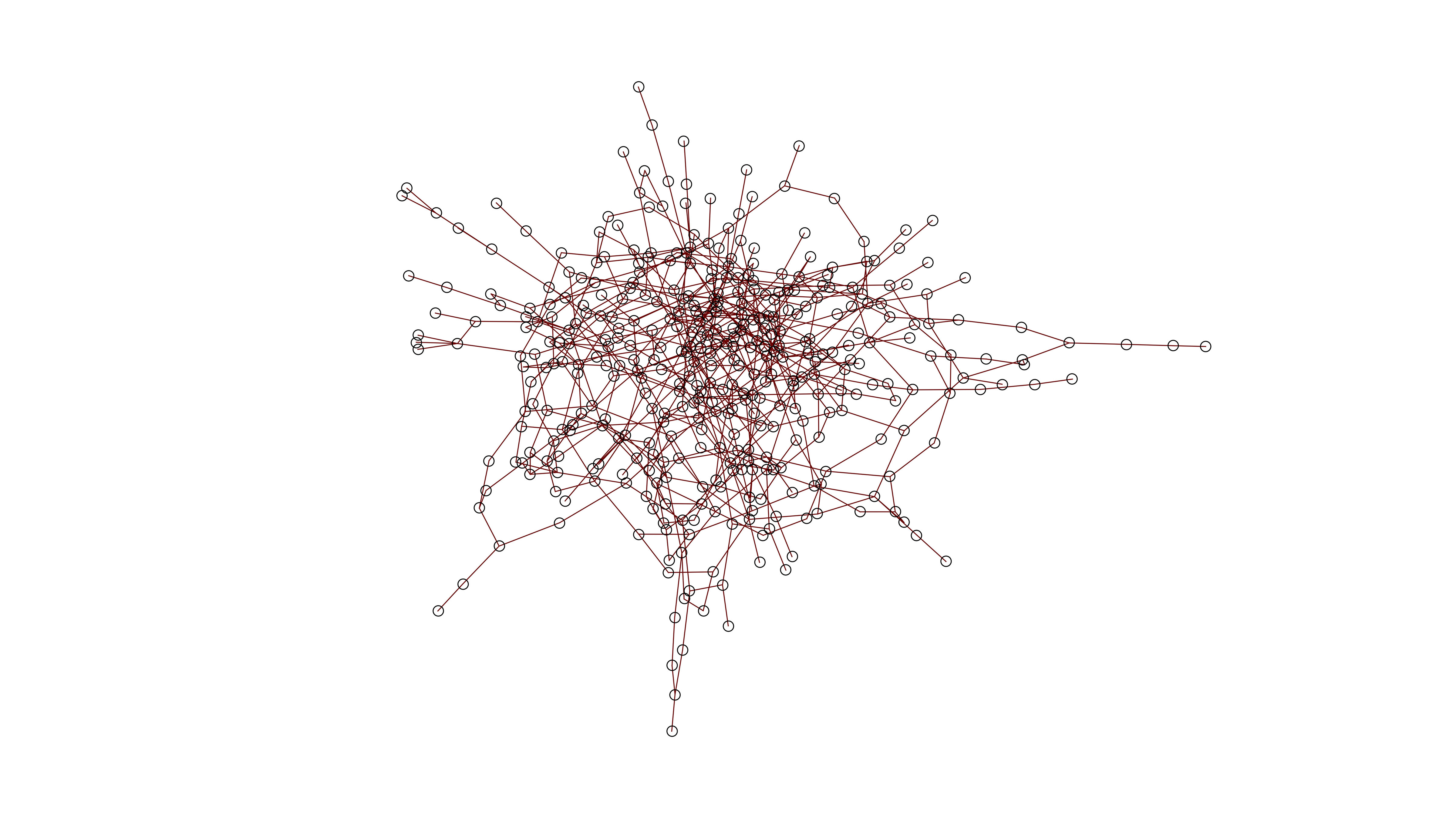This domino effect was responsible for the largest blackout in U.S. history in 2003, which left 55 million Americans and Canadians without power at an estimated cost of $6 billion. An even larger blackout in 2015 affected 57 million people in Italy. Blackouts cause ripple effects throughout the economies they affect, and they can be dangerous for people depending on electronics in hospitals.
In a paper published in Chaos, from AIP Publishing, the authors show demand side control may be an effective solution to stabilizing the reliability of power grids that use a mix of energy generation sources.
Pere Colet and colleagues factored the effects of demand side management into power grids using a model to simulate the rapid fluctuations involved and tested the system under different demand loads.
The authors extended a model for the complex dynamics of blackouts in power grids to include three important factors: intraday variability (peaks in electricity demand when people wake up or come home from work), power bursts caused by simultaneous switching on of many electric devices (either by chance or by large factories), and the effect of managing demand (using devices that delay switching on until the grid is more clear) on the power grid.
“With a growing fraction of electric energy generated from wind and solar power plants, which are subject to weather changes, fluctuations will increase, and we have to consider different control approaches to balance the system,” Colet said. “Devices that are smart enough to postpone certain tasks can help. This is what is known as demand side management.”
The authors plan to continue to investigate more advanced forms of demand control, such as communication between nodes. They are also exploring models that can assess the amount of solar and wind power that can be included in grids without increasing the risk of blackouts due to fluctuations.
“The implementation of demand side management techniques may be quite helpful in preventing blackouts,” Colet said. “One important aspect is that the customers will need to be trained to respond with social responsibility to the situations of the demand and learn to adapt to the situation. That will be particularly important when renewable energy sources are in use.”
###
The article, “Effects of demand control on the complex dynamics of electric power system blackouts,” is authored by Benjamin A. Carreras, Eder Batista Tchawou Tchuisseu, José M. Reynolds-Barredo, Damià Gomila, and Pere Colet. The article will appear in Chaos on Nov. 10, 2020 (DOI: 10.1063/5.0011187). After that date, it can be accessed at https://aip.scitation.org/doi/10.1063/5.0011187.
ABOUT THE JOURNAL
Chaos is devoted to increasing the understanding of nonlinear phenomena in all areas of science and engineering and describing their manifestations in a manner comprehensible to researchers from a broad spectrum of disciplines. See https://aip.scitation.org/journal/cha.
###


